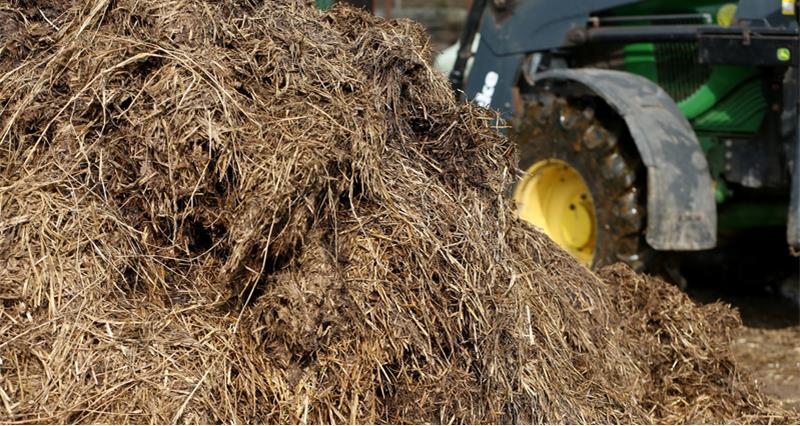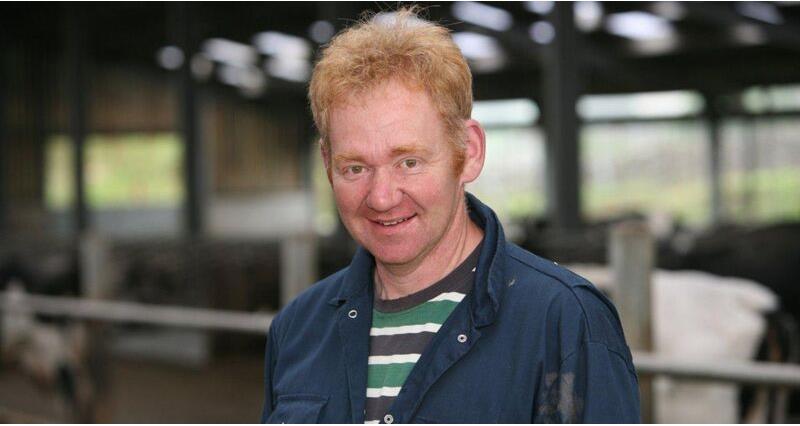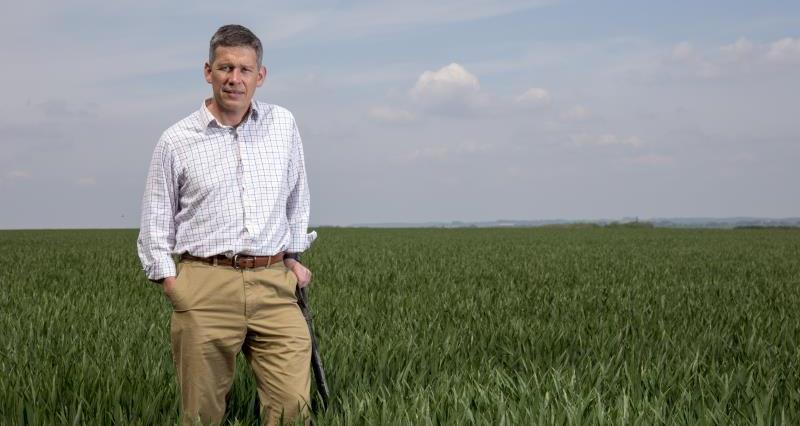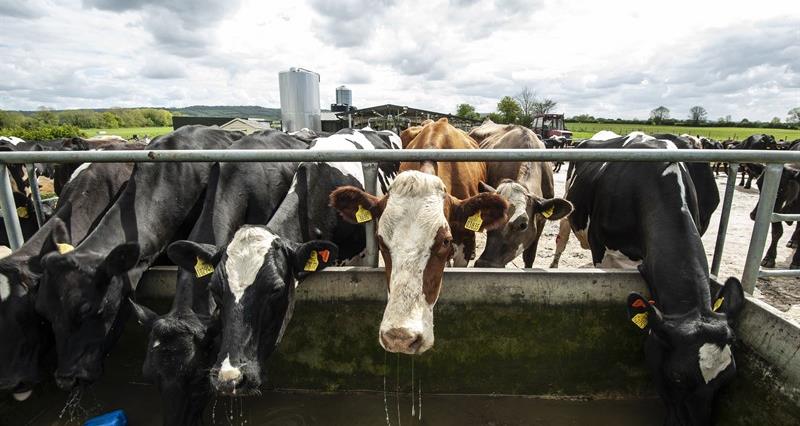Andrew manages an upland dairy farm situated on a limestone plateau in the Peak District, Derbyshire. The farm has been in the family for 52 years and has a total land area of 550 acres, 86 acres of which is winter wheat and the remainder being grazed grassland in a 7 year rotation.
The soil type is classified as a silty-clay loam over free draining limestone. The soil is shallow with bedrock close to the surface. Andrew's farm is classed as an SDA (Severely Disadvantaged Area) and is not situated in an NVZ (Nitrate Vulnerable Zone), with the nearest watercourse being three miles away.
The dairy cattle are Holsteins crossed with British Friesians to produce a hardier animal. The cows are grass fed, with concentrates in the milking parlour from April through to September. When housed, they are fed a total mixed ration which includes:
- high quality grass silage
- wholecrop
- wheat silage
- brewers grains
- homemade premix of rolled wheat
- soya
- rapemeal
- molasses
- minerals
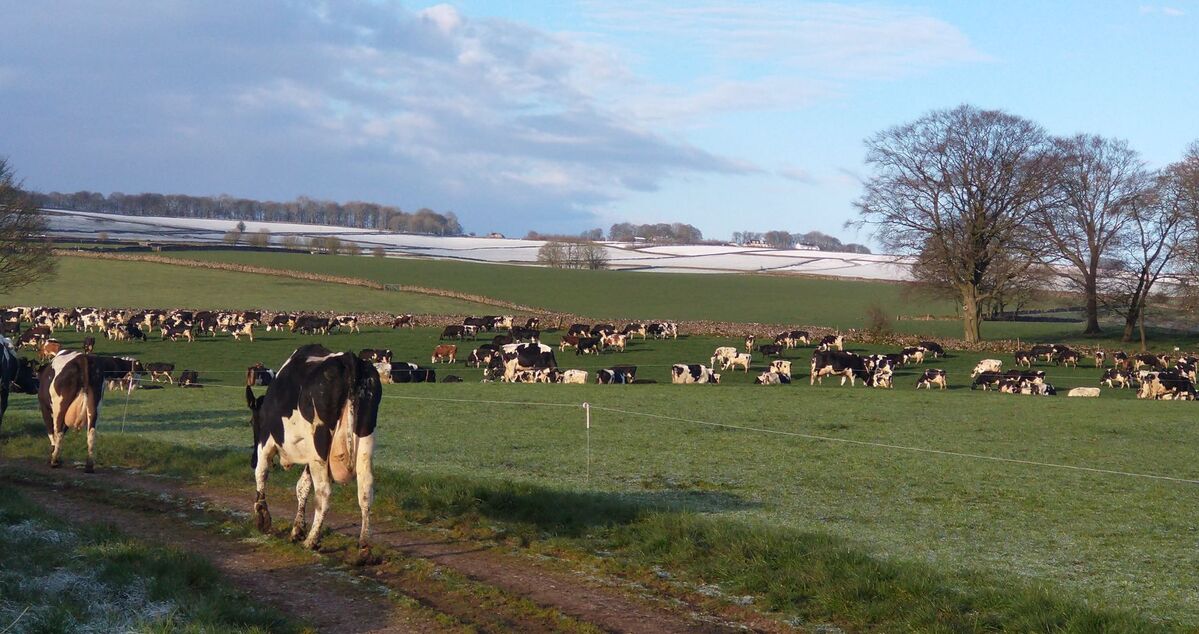
Figure 1. Andrew's cows grazing
Returning slurry back to the land
Cattle farming produces high volumes of slurry, a valuable resource that is rich in nutrients and used as crop fertiliser.
Most nutrients in slurry come from silage which is consumed by stock indoors over winter. Managing slurry and returning it to the land is important for profitability and reduces environmental impact from fertiliser use as it promotes nutrient cycling. This can be done through the use of a slurry separator.
Andrew has one slurry separator which is a ‘screen and roller press’ that applies mechanical pressure to slurry material and allows liquid to pass through a screen while solids are retained. This approach can achieve a high level of dewatering, producing pressed, solid material. Andrew stores slurry in a clay-lined lagoon, then 90% of it is separated.
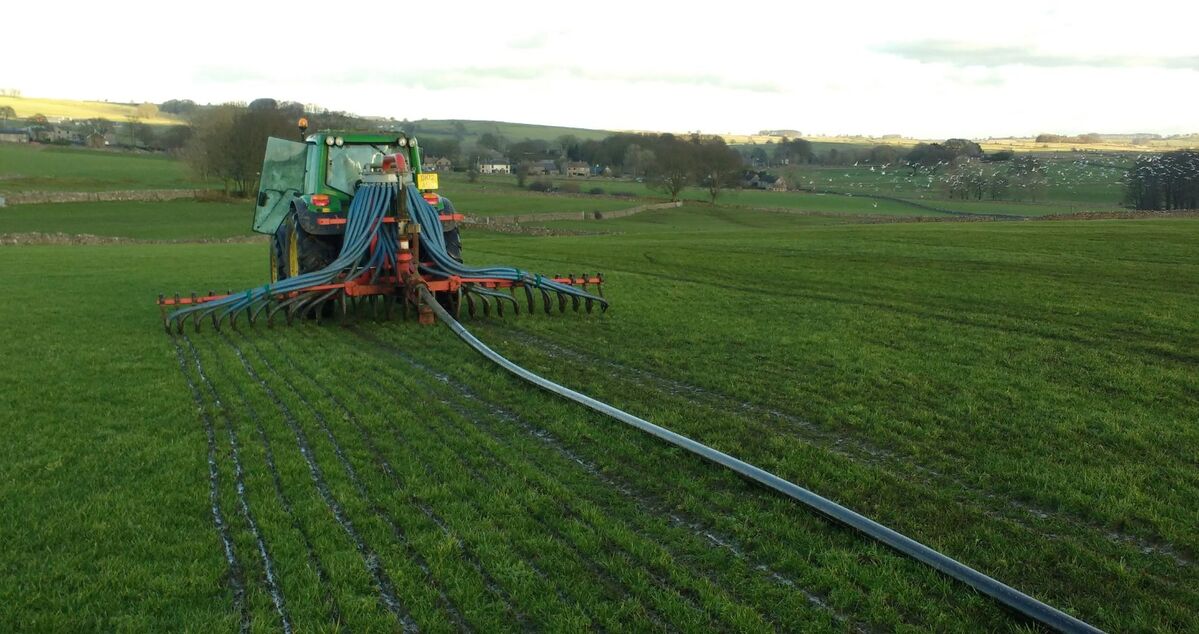
Figure 2. Andrew's umbilical equipment for slurry spreading
Andrew didn't receive a grant for the slurry separator but did receive a 50% grant for umbilical equipment used to spread slurry.
Why separate slurry?
Slurry which is separated into solid and liquid mass can be used for efficiently because it allows for better utilisation of slurry, therefore reducing the need for buying-in artificial fertilisers such as ammonium nitrate, which Andrew has said he uses less now since implementing slurry separation.
Slurry separation also makes slurry easier to transport, which reduces expense and the risk of diffuse pollution incidents.
Environmental benefits
When slurry is separated, the solid output is high in phosphorus whereas the liquid output is high in nitrogen. Therefore, the use of slurry separators can help farmers comply with environmental regulations.
Andrew has his soils tested every four years which has revealed that phosphate indices are low. As a result, the solid output can be spread on the land to resolve this deficiency.
The main environmental risk of slurry applications to grassland involves greenhouse gas emissions from volatilisation of ammonia. Agriculture is the largest source of ammonia (NH3) emission to the atmosphere. Volatilisation is the conversion of a liquid chemical into a vapor, which escapes into the atmosphere.
By separating slurry, the liquid output spread onto grassland has a lower rate of volatilisation because the liquid can infiltrate into the ground faster than slurry, so ammonia losses into the atmosphere are less likely. Therefore, slurry separation can reduce the risk of diffuse pollution incidents and atmospheric pollution.
Read more in our nutrient cycling series:
